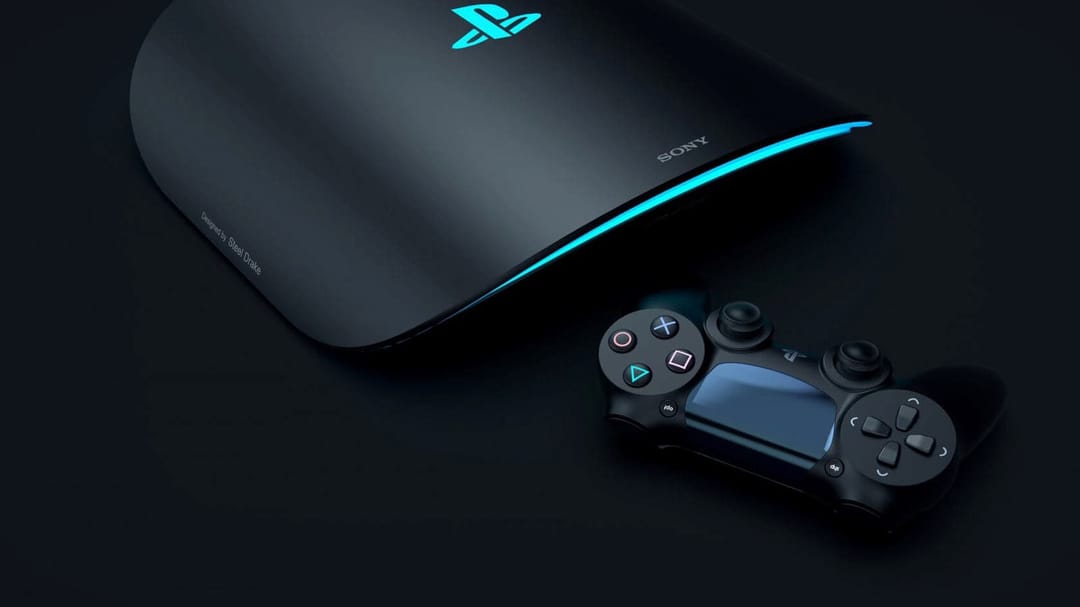AMD Zen 6 + RDNA 5 (UDNA) Will Power Both Consoles
The forthcoming PlayStation 6 and next-generation Xbox share a common silicon foundation: a custom AMD APU that pairs Zen 6 CPU cores with the brand-new RDNA 5 graphics architecture—internally codenamed UDNA. Zen 6 promises smarter power gating and higher IPC, giving game engines more headroom for advanced physics, AI, and massive open worlds. Meanwhile, UDNA jumps two architectural nodes ahead of current console GPUs, unlocking higher clock speeds and more efficient compute units without ballooning power consumption.
Targeting GPU Parity With High-End PCs
Performance Class: Radeon 9070 XT and GeForce RTX 5080
Reliable industry leaker KeplerL2 suggests Sony and Microsoft are shooting for raw raster performance comparable to AMD’s Radeon 9070 XT and Nvidia’s GeForce RTX 5080. In practical terms, that equates to:
- 4K gaming at 60–120 fps without upscaling in most titles
- Headroom for 8K video playback and light 8K gaming via DLSS/FidelityFX
- Compute performance in the 50–60 TFLOPS range, dwarfing today’s PS5 and Series X
Memory Bandwidth and Capacity
Early engineering slides point to GDDR7 memory with 640 – 768 GB/s bandwidth—an essential jump to feed UDNA’s wider render back-ends and ray-tracing cores. Expect a minimum of 24 GB unified memory to ensure next-gen textures and larger open-world assets load seamlessly.
Ray Tracing, Path Tracing & Neural Rendering Go Mainstream
Hardware RT Enhancements
UDNA incorporates dedicated ray-tracing accelerators rivaling Nvidia Blackwell’s second-generation units. Features such as shader execution reordering and opacity micromaps are baked into silicon, slashing the cost of complex lighting calculations and enabling console developers to adopt fully path-traced pipelines.
Machine-Learning Workloads
AMD’s roadmap folds neural rendering blocks directly into the GPU. These AI cores drive real-time denoising, intelligent upscaling, and texture synthesis—extending visual fidelity while keeping frame rates high. The result: cinematic lighting and lifelike materials without the traditional 2×–3× performance hit.
Proprietary AMD Features Set PlayStation 6 Apart
Dense Geometry Format (DGF)
AMD patents reveal DGF, a hardware-level answer to Unreal Engine 5’s Nanite. DGF stores geometry at a pixel-scale granularity, letting developers stream billions of micro-polygons with negligible CPU overhead—perfect for hyper-detailed characters and environments.
Workgroup Self-Launch & Streaming Wave Coalescer
These pipeline optimizations allow shader workgroups to spawn additional tasks autonomously, eliminating stalls between CPU and GPU. The payoff is faster draw-call submission, reduced latency, and higher average frame rates—especially in open-world titles that push thousands of objects simultaneously.
Xbox Magnus vs. PlayStation Orion: Differentiated Strategies
Raw Power vs. Feature Depth
Leak chatter positions the next Xbox “Magnus” as ~20 % faster in raw raster throughput—mirroring the current Series X advantage. Sony, however, is tipped to emphasize advanced UDNA feature sets such as DGF and enhanced RT, banking on smarter rendering over brute-force compute.
Operating System & Ecosystem
Microsoft may pivot toward a more PC-like Windows core, potentially opening the door to multi-storefront access and broader mod support. Sony is expected to retain its streamlined, console-focused OS, reinforcing exclusive optimizations and tight hardware-software integration.
Launch Window & Final Spec Lock
Sony is rumored to finalize PlayStation 6 specifications by year-end, with retail release penciled in for late 2027 or early 2028. Microsoft’s timeline appears slightly more aggressive, hinting at a staggered global rollout ahead of Sony by several months. Until silicon tapes out, clock speeds, compute unit counts, and memory configurations remain fluid—but the performance envelope outlined above is unlikely to shift dramatically.
Key Questions Answered
Q1: Will next-gen consoles require 8K TVs?
No. While they can output 8K media, the primary target is high-refresh-rate 4K gaming with advanced ray tracing and AI upscaling.
Q2: How big a leap is RDNA 5 over the PS5’s RDNA 2 GPU?
Expect roughly 2× rasterization performance and up to 5–10× ray-tracing throughput, thanks to new hardware RT blocks and smarter scheduling.
Q3: Could console prices spike above $600?
Industry chatter suggests aggressive cost control; hitting Radeon 9070 XT/RTX 5080 performance under a $600 bill of materials is feasible by 2027 node economics.

